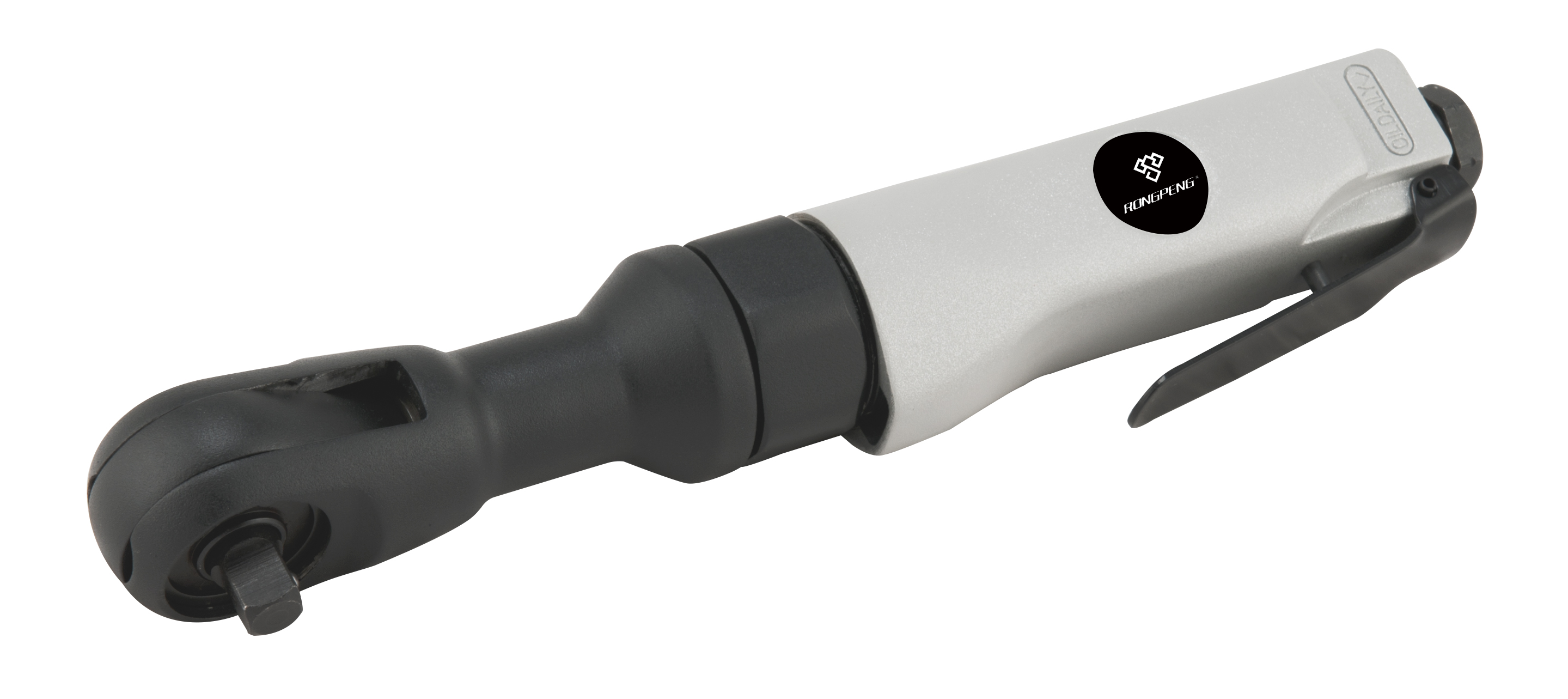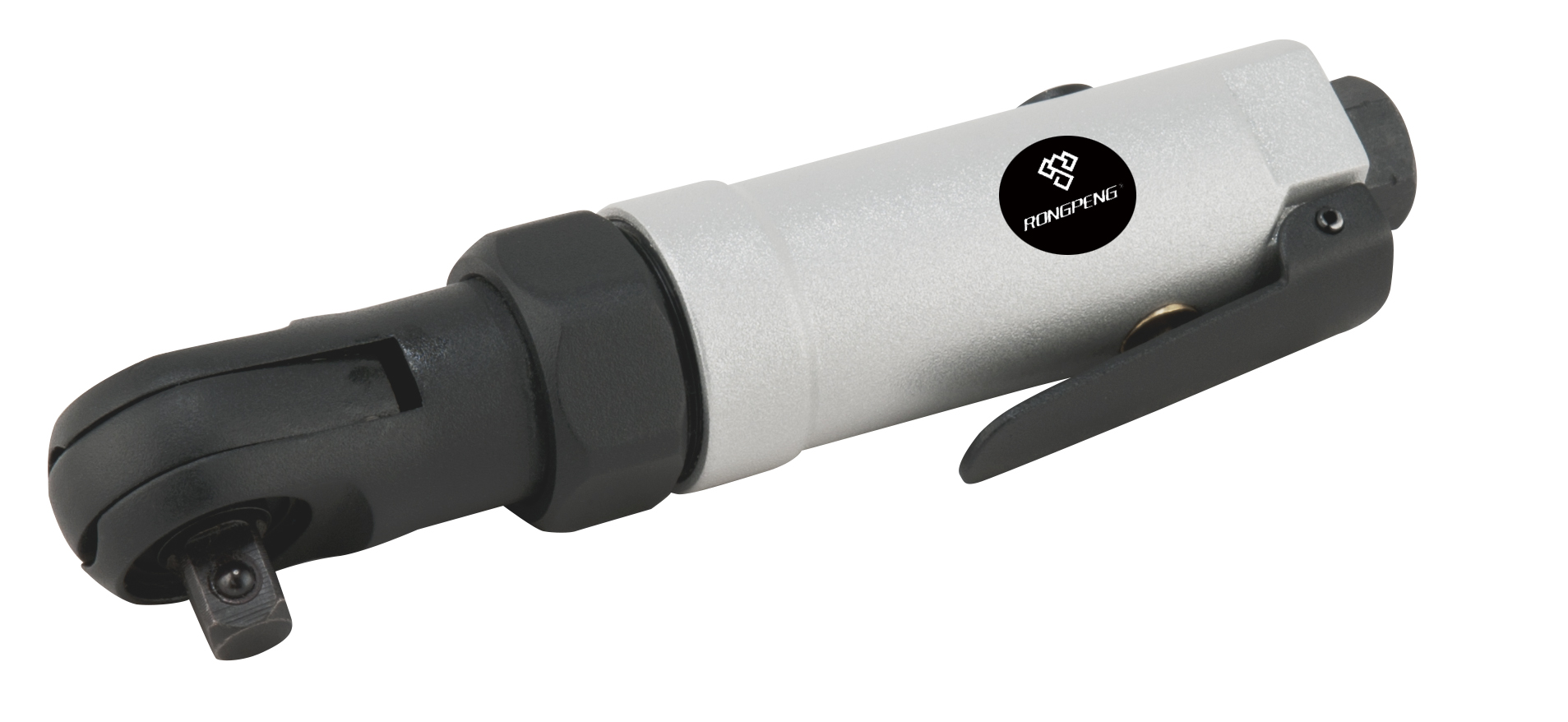

The air-powered ratchet wrench is a manual tool for tightening and loosening screws. It consists of different-sized main and secondary hex sockets connected by an interlocking mechanism of male and female keys. Since each hex socket has two different-sized hex openings, it can be used for two sizes of screws, expanding its range of use and reducing material and labor costs. The movable handle also allows for convenient angle adjustment during use.
This air-powered ratchet wrench has the advantages of wide applicability, easy operation, and low cost.
Ratcheting Mechanism: The internal ratcheting system enables the wrench to turn the fastener in one direction while freely rotating in the opposite direction, eliminating the need for complete disengagement and re-positioning.
Reversible Direction: Users can easily switch the ratcheting direction by toggling the reversing lever, allowing for both tightening and loosening of fasteners.
Comfortable Grip: The ergonomic handle design provides a secure and comfortable grip, reducing fatigue during extended use.
Variety of Sizes: Ratchet wrenches come in a range of sizes to accommodate different fastener dimensions, ensuring versatility for diverse applications.
1.Automotive Repairs
Loosening and tightening engine components, suspension parts, spark plugs, chassis components, automobile bodywork, radiators, cooling pumps, oil filters, air conditioning compressors , and other vehicle hardware.
2.Home Maintenance and DIY Projects
Assembling and disassembling furniture, appliances, and various household items.
3.Industrial and Construction Work
Servicing and maintaining industrial machinery, equipment, and infrastructure.
4.Plumbing and Electrical Work
Installing and repairing fixtures, fittings, and electrical components.
5.Bicycle Maintenance
Adjusting and replacing bike parts, such as wheels, pedals, and derailleurs.
1.Select the Appropriate Size
Choose a ratchet wrench with a socket size that matches the fastener you need to work on.
2.Engage the Fastener
Position the wrench's socket securely over the nut or bolt, ensuring a snug fit.
3.Determine Tightening or Loosening Direction
Flip the reversing lever to the desired direction – clockwise for tightening, counterclockwise for loosening.
4.Apply Ratcheting Motion
Holding the handle firmly, use short, back-and-forth ratcheting motions to turn the fastener.
5.Adjust as Needed
If the fastener is particularly tight or stuck, try using a longer ratchet handle or extension for added leverage.
6.Maintain Tool Cleanliness
Keep the ratchet wrench free of dirt and debris for optimal performance and longevity.
The versatility and ease of use of the ratchet wrench make it an indispensable tool for a wide range of applications, from automotive repair to home improvement and industrial maintenance. Its intuitive design and efficient ratcheting mechanism empower users to tackle fastener-related tasks with speed and precision.
| RP7408 |  |
| RP7413 |  |